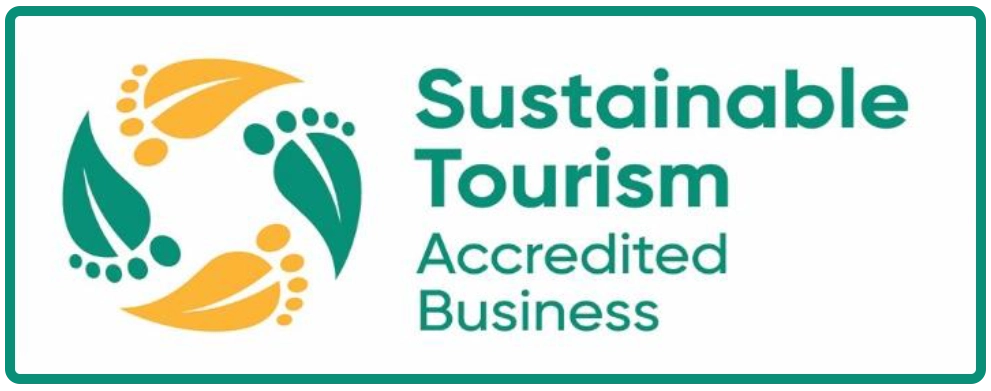What is the difference between a Hurricane, Typhoon, and a Cyclone?
Hurricanes, typhoons, and cyclones are common natural occurrences all over the world, known to wreak havoc and damage ocean waters and coastal communities.
Many people often wonder what the exact difference between a hurricane, typhoon, and cyclone is, and the answer is quite simple! These extreme rotating weather patterns are the same thing, just with different names in different areas of the world.

What is the difference between a hurricane, a cyclone, and a typhoon?
As mentioned above, hurricanes and typhoons are essentially the same weather phenomenon. The main difference is where they develop and gain their energy source.
Hurricanes develop over the North Atlantic Ocean, central North Pacific, and eastern North Pacific. Meanwhile, cyclones develop over the South Pacific and the Indian Ocean, and typhoons develop in the Northwest Pacific.
All three typically begin as tropical storms, but once their winds reach 74 miles per hour, their status is upgraded to a hurricane, cyclone, or typhoon. Drawing heat from warm, moist ocean air, the damaging combination of pre-existing weather disturbances, light winds, and condensation of water vapour can turn deadly swiftly, to form a violent weather pattern.
What happens during a hurricane, typhoon, or cyclone?
Wind, rain, unpredictable waves, and flooding may occur as well as damage to the natural environment and buildings within the hurricane, cyclone, or typhoon's pathway. The eye of the storm is known to bear the brunt of the damage, with winds and storm activity worse at the core.
Varying with each hurricane, typhoon and cyclone, the duration of storm activity often disperses once the cell reaches a cooler area where it can dissipate - however, not without making itself known along the way!
The strongest winds recorded in worldwide hurricanes, typhoons, and cyclones was Hurricane Patricia, which formed in the eastern Pacific off Guatemala in 2015, and recorded winds of 346 kilometres (215 miles) an hour.
When are hurricanes, typhoons, and cyclones most active?
Each one of these weather phenomenons has a peak season in the year, depending on where in the world they are based.
When is hurricane season?
Atlantic and central Pacific hurricane seasons typically stretch from early June to late November, while eastern North Pacific hurricane season begins a little earlier in mid-May. This season is most detrimental to the United States Atlantic coast and Gulf Coast, Central America, Mexico, the Caribbean, and Bermuda.
When is typhoon season?
Typhoon season in the Northwest Pacific runs from May to November each year, peaking in the month of August. This primarily affects countries like the Philippines, China, Taiwan, and Japan.
When is cyclone season?
Cyclone season peaks from November to April. These mostly tend to effect countries like and southeast Asia, the south Pacific Islands, coastal Mexico, India, Bangladesh, parts of east Africa, and Australia.

Cyclones in Australia
Tropical cyclones threaten all regions of northern Australia every year during the wet season, generally between November and April. On average, Australia experiences eleven cyclones a year, with five of these violent storm cells reaching land.
The north-western Australian coastline, particularly between Broome and Exmouth, is the most cyclone-prone region in Australia, with approximately five cyclones developing over the warm waters of the northwest coastline.
 Image: Whitsunday Times
Image: Whitsunday Times
The northeast coastline, including the Whitsundays, is no stranger to tropical cyclone devastation, with the Category 4 Cyclone Debbie creating destructive and devastating damage to Queensland’s east coast in March of 2017. The wake of the cyclone left many people without power, in addition to causing significant damage to residential and commercial buildings, natural vegetation and agricultural lands, and small business and tourism sectors.
Nonetheless, the local morale and spirit of the Whitsundays community endeavoured to repair the Whitsundays back to its original state - and better than ever!












